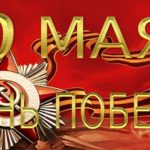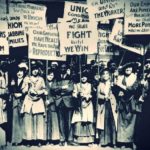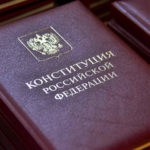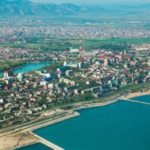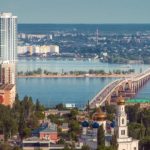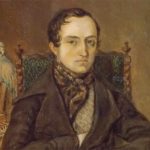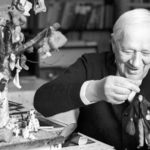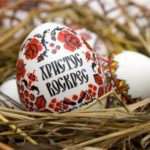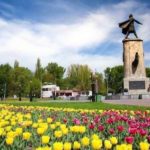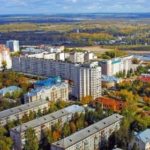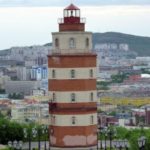15 interesting facts about May 1
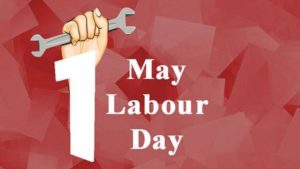 Each year is celebrated on May 1 – Labor Day. However, in different countries this holiday can be called differently, but its essence does not change from this. It has an impressive history that began a long time ago, during the time of the Russian Empire, even though May Day has undergone some changes.
Each year is celebrated on May 1 – Labor Day. However, in different countries this holiday can be called differently, but its essence does not change from this. It has an impressive history that began a long time ago, during the time of the Russian Empire, even though May Day has undergone some changes.
Sometimes the days off on May 1 and 9 are combined. This provides all working citizens with a long weekend, comparable in duration to a short vacation.
In the Soviet Union, sometimes children were named in honor of May Day. For example, the rare female name “Dazdraperma” is formed from “Long live the First of May”.
Officially, May 1 in Russia is called the Day of Spring and Labor.
Some indigenous people of Canada, Indians, celebrate gopher day on May 1.
In Italy, the first of May is the day when men sing under the windows of their beloved women.
In Tajikistan, May Day is called the same as in Russia, and performs the same function. And in Belarus, China, Ukraine and Sri Lanka this day is called Labor Day.
In Soviet times, May 1 was considered a workers’ holiday. But since it was believed that no one had exploited the workers in the Union, they did not fight for their rights, but rather expressed solidarity with the workers of other countries.
From 1918 to 1972, May Day in the USSR was called “International Day”.
Labor Day in Japan is celebrated on November 23, and not on the first of May. And in the USA – on the first September Sunday.
For the first time, Labor Day, as a day of workers’ solidarity, originated in Australia in the 19th century.
Before the revolution in Russia, May 1 was celebrated, but secretly, since the authorities did not approve of this holiday.
At the Paris Congress of the 2nd International, May 1 was officially approved as the Day of Workers’ Solidarity.
May 1 is also celebrated in Turkey, but from 1980 to 2009 this holiday was canceled.
For the first time in Russia, May Day was celebrated in 1890. Then a mass demonstration of workers took place, in which about ten thousand people took part. And in 1917, after the February Revolution, this holiday was first celebrated openly, and then it was already celebrated by millions of people.
In Petrovsky Russia, May 1 marked the arrival of spring.


